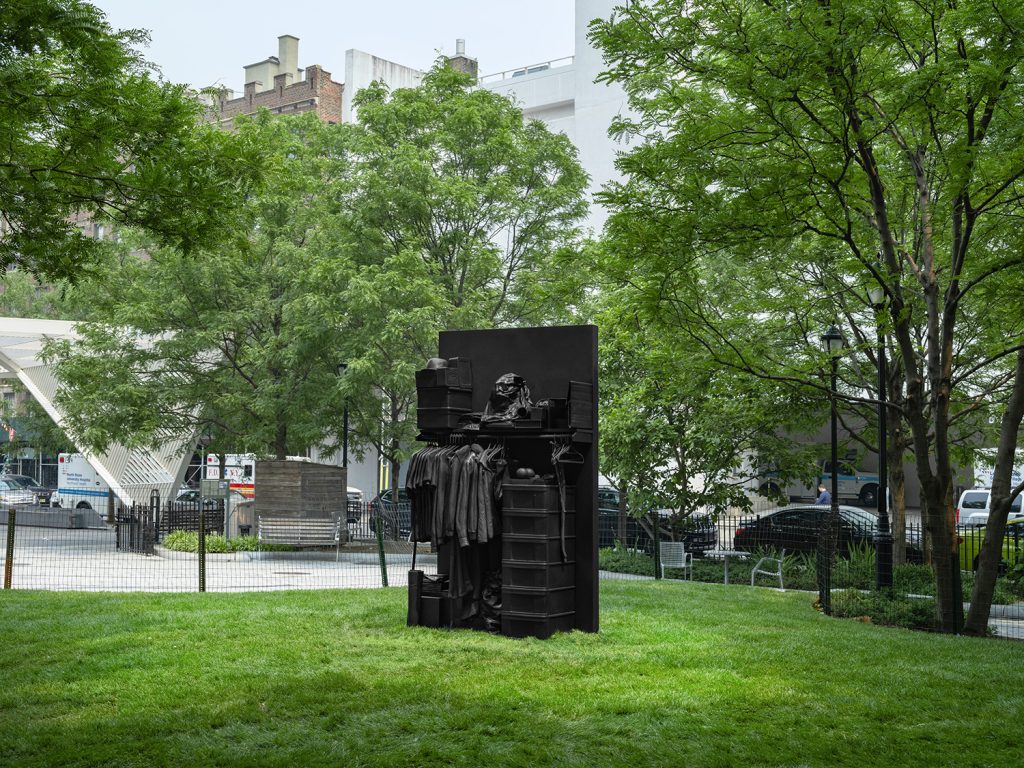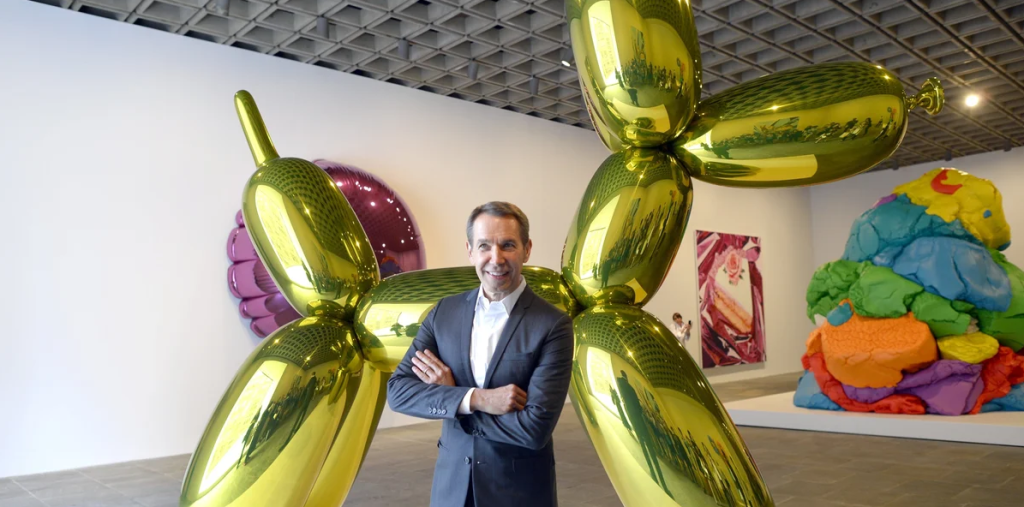Decoding ‘The Thinker’: An Exploration of Rodin’s Masterpiece
Auguste Rodin’s sculpture, “The Thinker,” is one of the most iconic works in the history of art. This masterpiece not only symbolizes intellectual contemplation but also raises questions about the human condition, making it highly relevant in discussions about art and philosophy today. Exploring its origins, significance, and impact can deepen our appreciation for both the sculpture and the message it conveys.
The Origins of ‘The Thinker’
Originally conceived as part of Rodin’s larger work, “The Gates of Hell,” “The Thinker” was created in 1880 and was meant to represent Dante Alighieri, the author of “The Divine Comedy.” The figure was initially designed to be a reflection on the themes of the gates, depicting the poet in deep thought as he contemplated the fate of souls. Rodin’s attention to detail and understanding of human emotions enabled him to capture the essence of introspection in this striking bronze statue. Over time, “The Thinker” evolved into a standalone work, symbolizing not just literary contemplation but the broader human experience.
Physical Characteristics and Symbolism
“The Thinker” stands at over six feet tall, with a muscular build and a posture that embodies both strength and vulnerability. The figure rests his chin on one hand while the other arm supports his body, creating a sense of gravity and weight. This pose conveys not only deep thought but also the burden of existential questions that humanity faces. The rough texture of the bronze surface contrasts with the smooth contoured muscles, illustrating the complexity of thought and the struggle that accompanies it. Rodin’s use of light and shadow further enhances its dramatic appeal, inviting viewers to engage with the work on multiple levels.
Cultural Impact and Legacy
Since its unveiling, “The Thinker” has transcended its original context to become a universal symbol of intellectual pursuit. The sculpture has inspired countless adaptations and references in various forms of media, including literature, films, and even popular culture. Its presence is felt in numerous locations worldwide, with notable casts situated in places such as the Musée Rodin in Paris and the Cleveland Museum of Art. This lasting influence speaks to the sculpture’s ability to resonate with people across different backgrounds and eras, encapsulating the timeless nature of human inquiry and introspection.
In conclusion, “The Thinker” is more than just a sculpture; it is a profound commentary on the complexity of human thought and existence. Whether you are an art enthusiast or someone curious about philosophical concepts, exploring Rodin’s work can offer both inspiration and insight. So, take a moment to reflect on the thoughts that shape your own life—perhaps even channel your inner thinker. Consider visiting a local museum or reading more about Rodin’s other works to further your understanding of this remarkable artist and his impact on the world of art.


